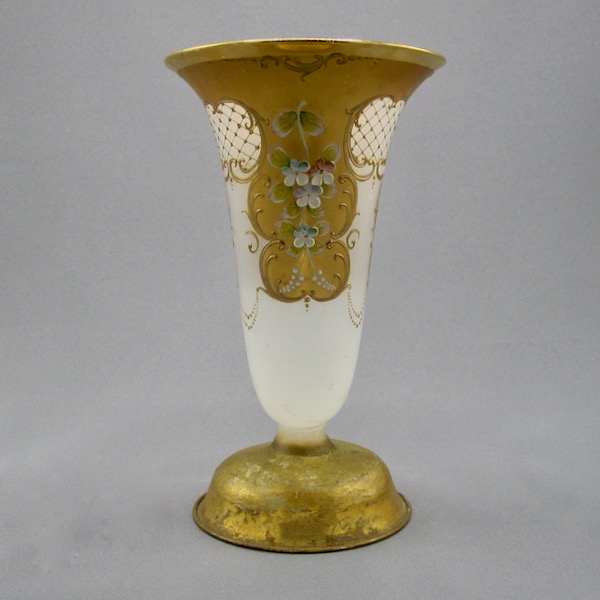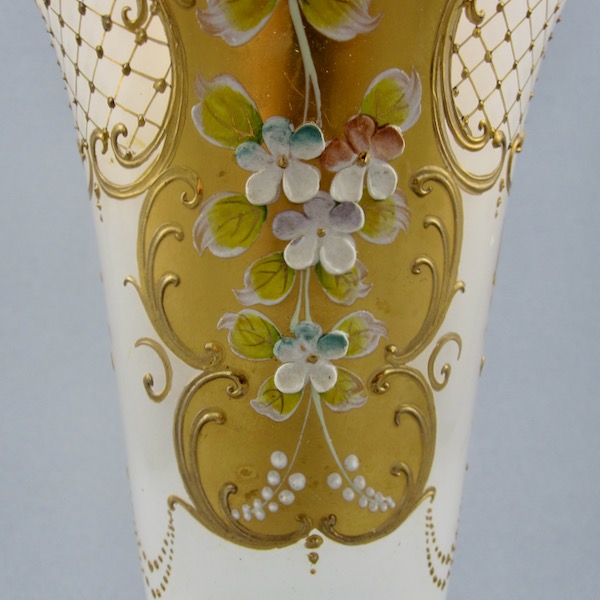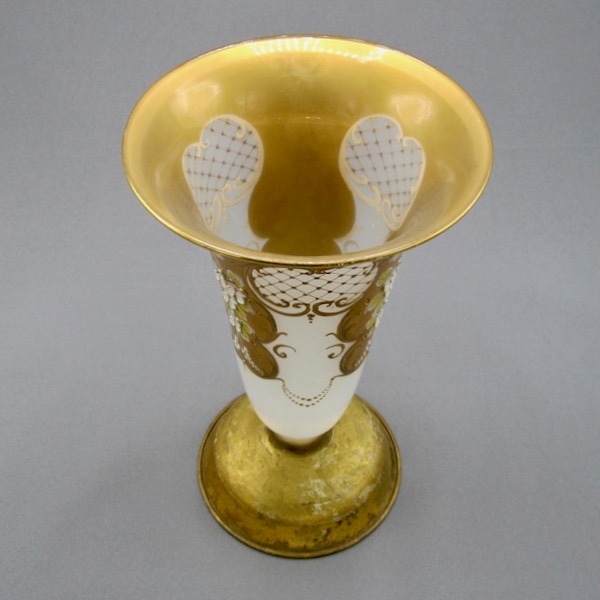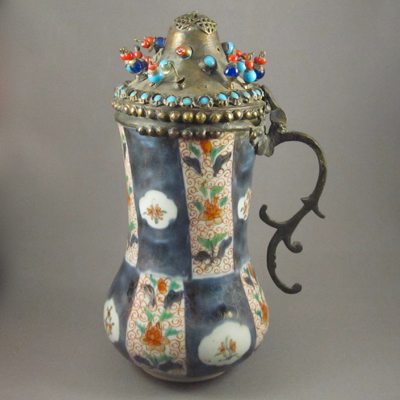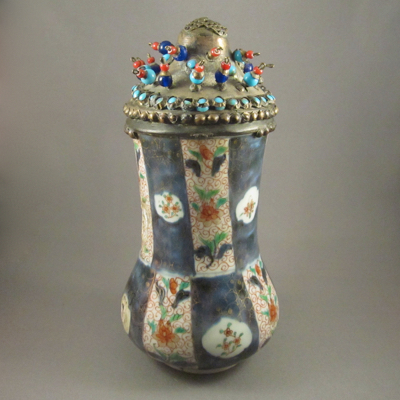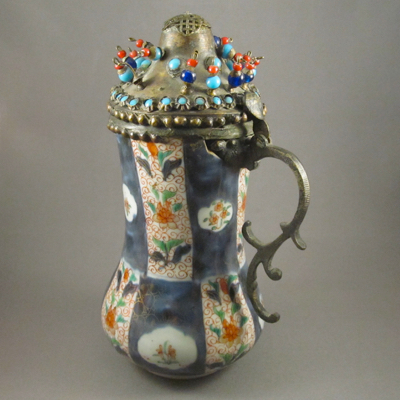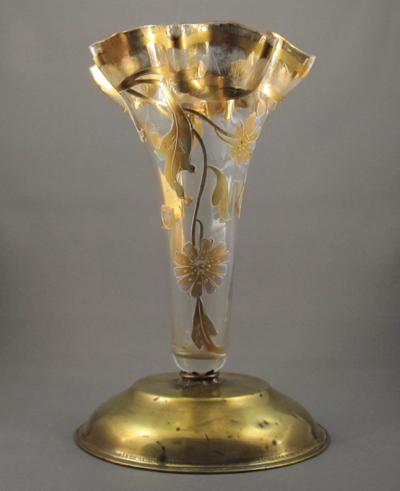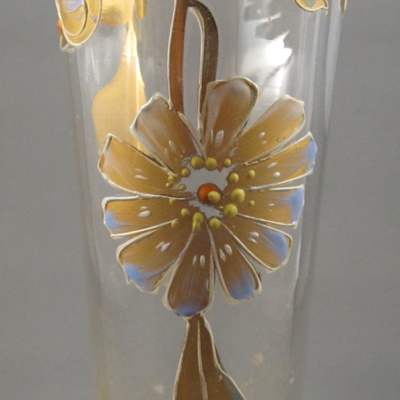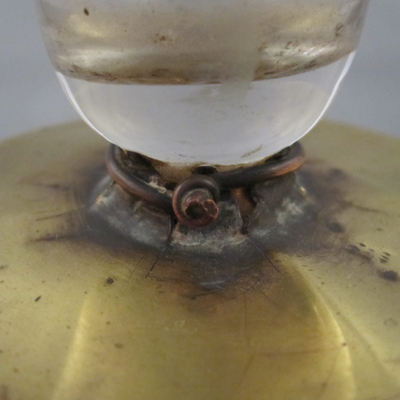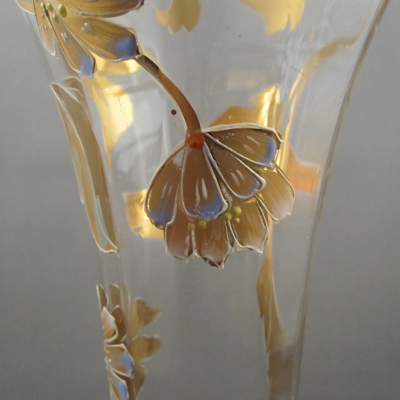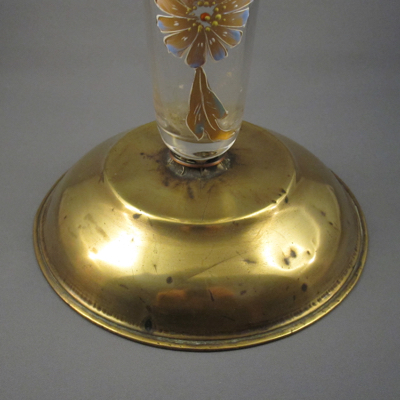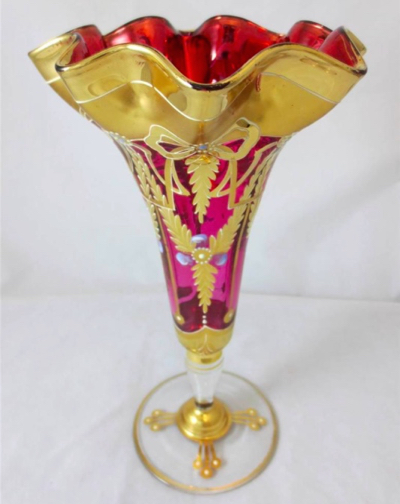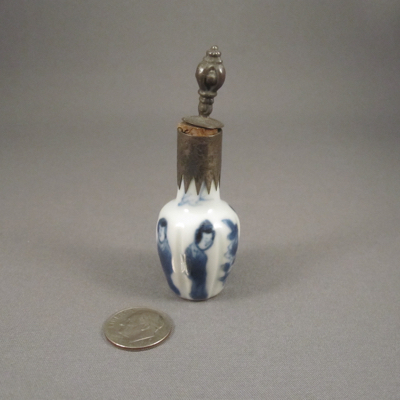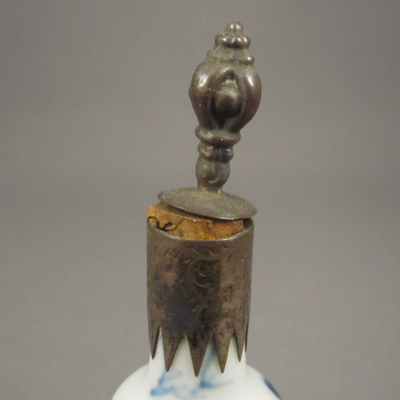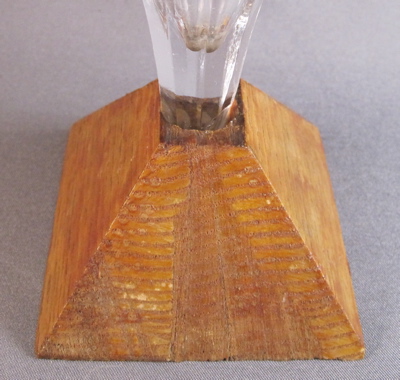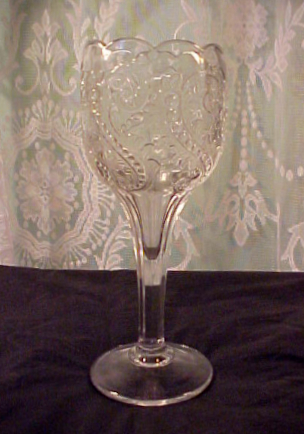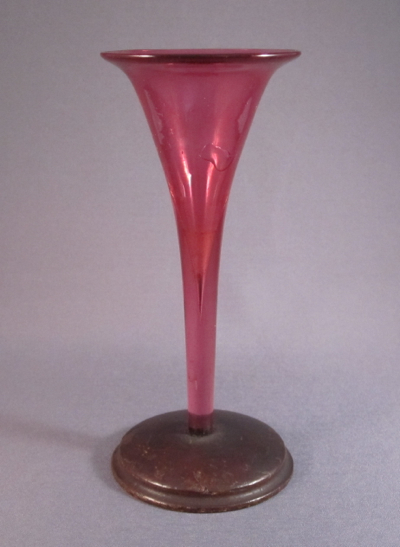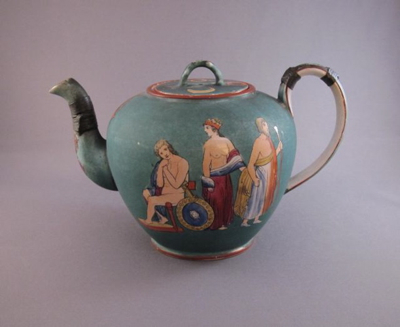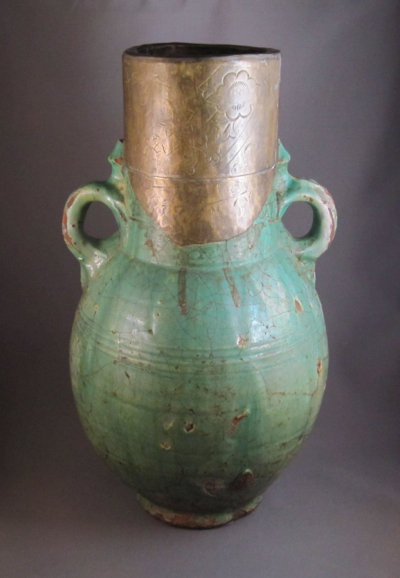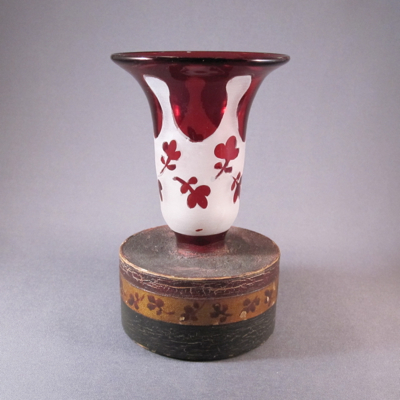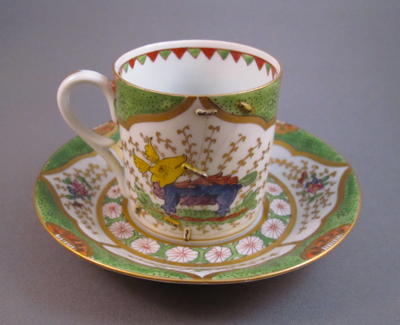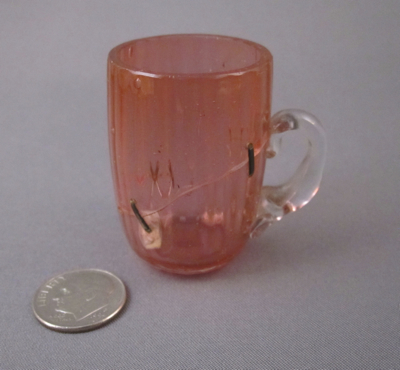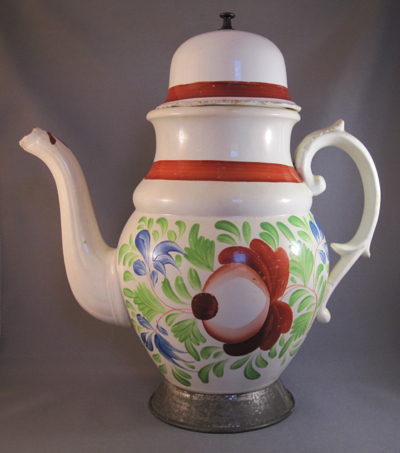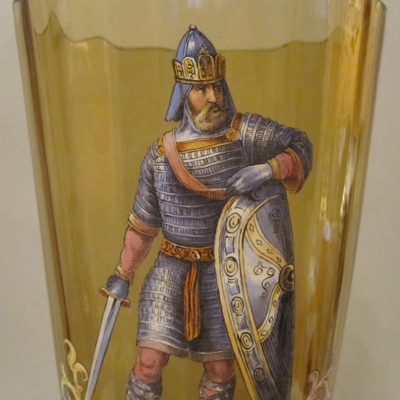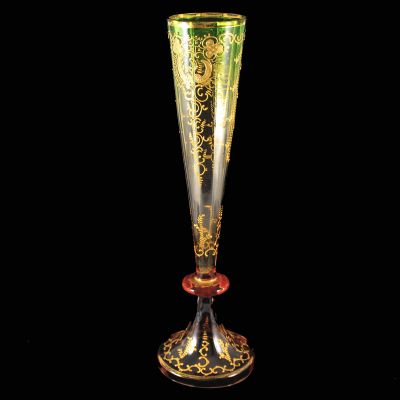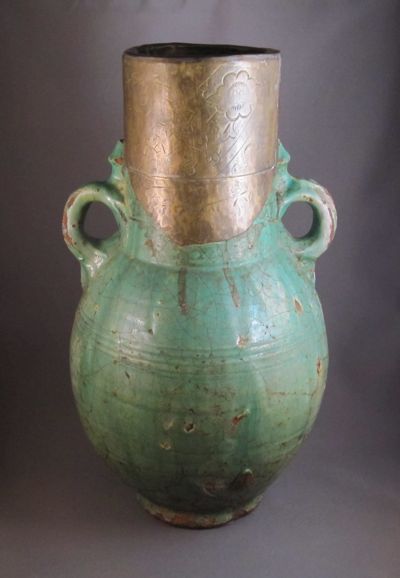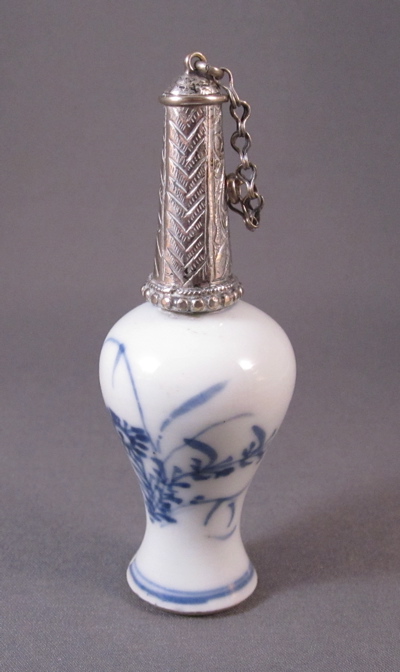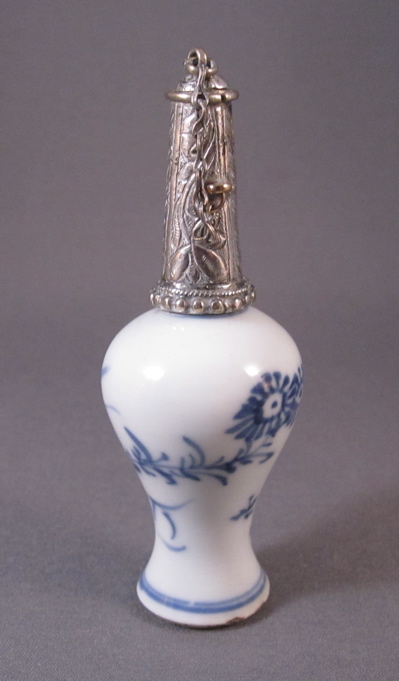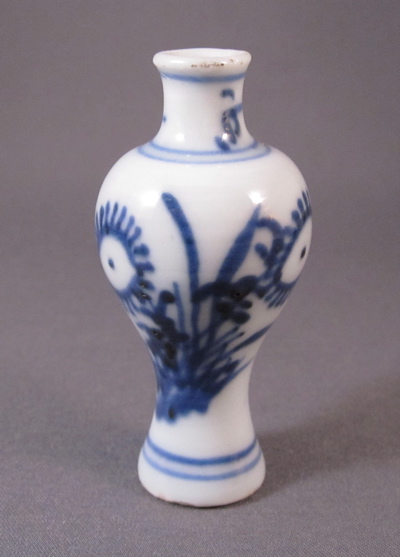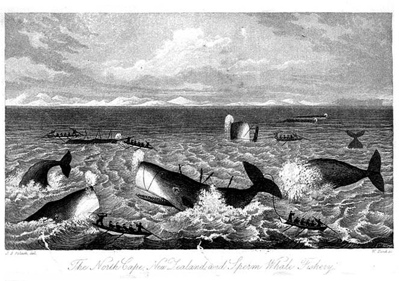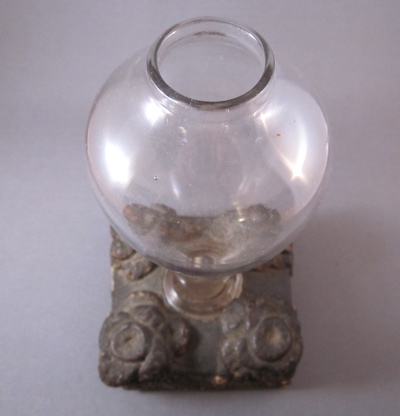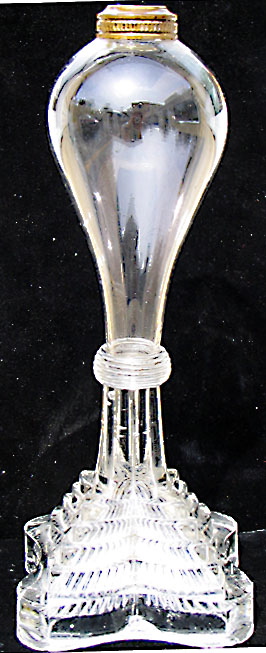This one is a bit of a mystery. Although the vase looks like it dates from the first quarter of the 20th century, I believe it is actually from the 1960s. Here’s what I do know…this frosted glass trumpet-form vase with gilt & high enamel floral decoration in yellow, pink, blue, green, white, and 24k gold was made in Bohemian, Czech, possibly by The Egermann Company. It stands 10 inches high, with 6 inch diameter opening. It was given to me by John Koch, proprietor of his eponymous New York City shop, John Koch Antiques. John loves a good make-do and has been generous in supplying me with them over the years.
But the real reason you are reading about this vase it due to its replacement base, which looks like a brass plunger cup. It seems like something repurposed, rather than made specifically as a replacement. I will continue to dig deep and try to find out what this brass whatchamacallit really is. And if anyone knows, please share your information with me and your fellow readers.
